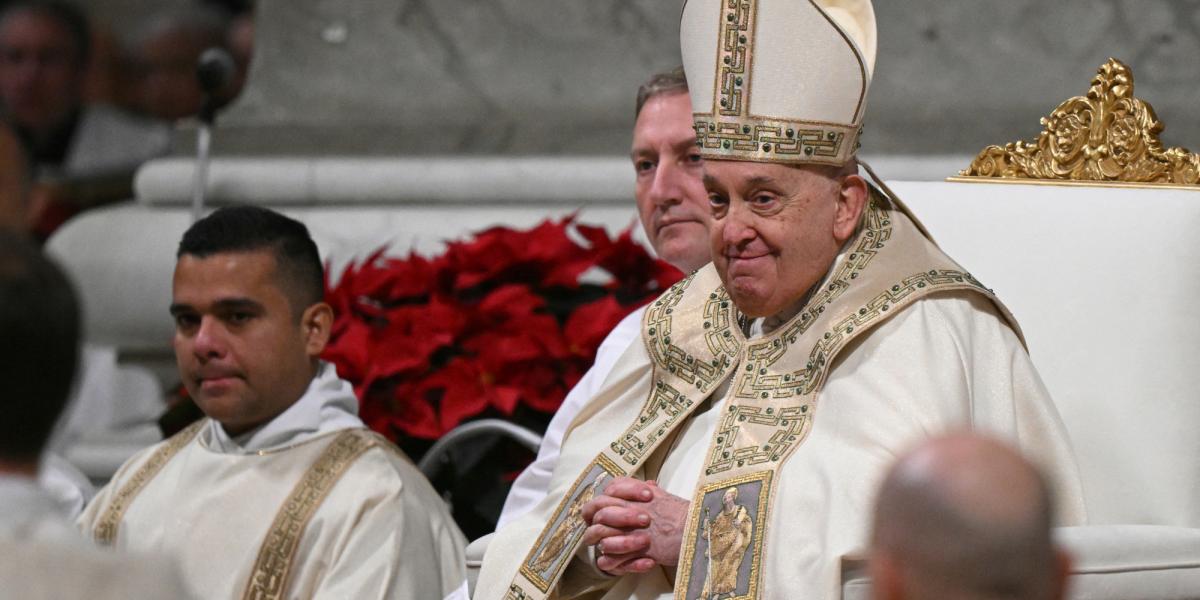Historic Shift: First Woman Appointed Vatican Prefect
Pope Francis has taken a significant step by appointing the first woman as a leading figure in Vatican governance, sparking discussions on gender equality in the Catholic Church.
Published January 10, 2025 - 00:01am

Image recovered from eleconomista.com.mx
The Vatican has witnessed a historic milestone with Pope Francis appointing Simona Brambilla as the first female prefect of the Dicastery for the Institutes of Consecrated Life and Societies of Apostolic Life. This groundbreaking appointment signifies a pivotal shift in the governance structure of the Catholic Church, which has traditionally limited leadership roles to men. Brambilla, a 59-year-old Italian nun, has taken the helm of this significant department, responsible for overseeing religious orders within the Church.
Brambilla's appointment comes amidst increasing calls for gender equality within the Church, as activists worldwide push for greater recognition of women's roles in religious and administrative domains. While women currently comprise a significant portion of Church participation, surpassing male members, leadership roles remain relatively scarce. Under Pope Francis, the representation of women in the Vatican administration rose from 19.2% to 23.4% between 2013 and 2023, indicating a slow yet steady progression toward inclusive governance.
Despite this advancement, the dual appointment of Cardinal Ángel Fernández Artime as 'pro-prefect,' a role suggesting potential future ascension to prefect, has been met with both intrigue and skepticism. Critics express concerns that Brambilla may remain in a symbolic position, with real authority possibly retained by the cardinal. This skepticism is prevalent among those advocating for increased opportunities and decision-making capabilities for women within the Church.
Brambilla's background is notable. Born in Monza, Italy, she pursued a career in nursing before her religious vocation led her to work extensively in Africa, gaining valuable experience as both a missionary and administrator. From 2011 to 2023, she led the Missionaries of the Consolata as the superior general, showcasing effective leadership capabilities that likely influenced her historic appointment.
Pope Francis's leadership has marked a transformative era for the Vatican, as evidenced by his previous appointments of women in key positions: Barbara Jatta as director of the Vatican Museums in 2016 and Sister Raffaella Petrini as secretary-general of the Governorate in 2022—roles previously reserved for men.
Nonetheless, the recent Synod highlighted ongoing challenges regarding gender parity, emphasizing the persistent obstacles women face in achieving increased visibility and recognition in Church leadership. The controversial topic of ordaining women as priests continues to evoke debate, encountering resistance from conservative segments within the Church.
The appointment of Brambilla, while groundbreaking, also exemplifies the complexity of integrating gender equality within an institution steeped in tradition. As discussions advance, it is crucial to navigate this transformative period with sensitivity towards varying perspectives across global dioceses.
Simona Brambilla steps into her role with an awareness of its significance both symbolically and practically. As she embarks on this unprecedented path, her leadership will undoubtedly serve as a barometer for the Vatican's commitment to gender equality. While the road to full parity remains long, the Church's current trajectory under Pope Francis offers promise for an inclusive future, fostering hope among proponents of progressive change within its structures.






